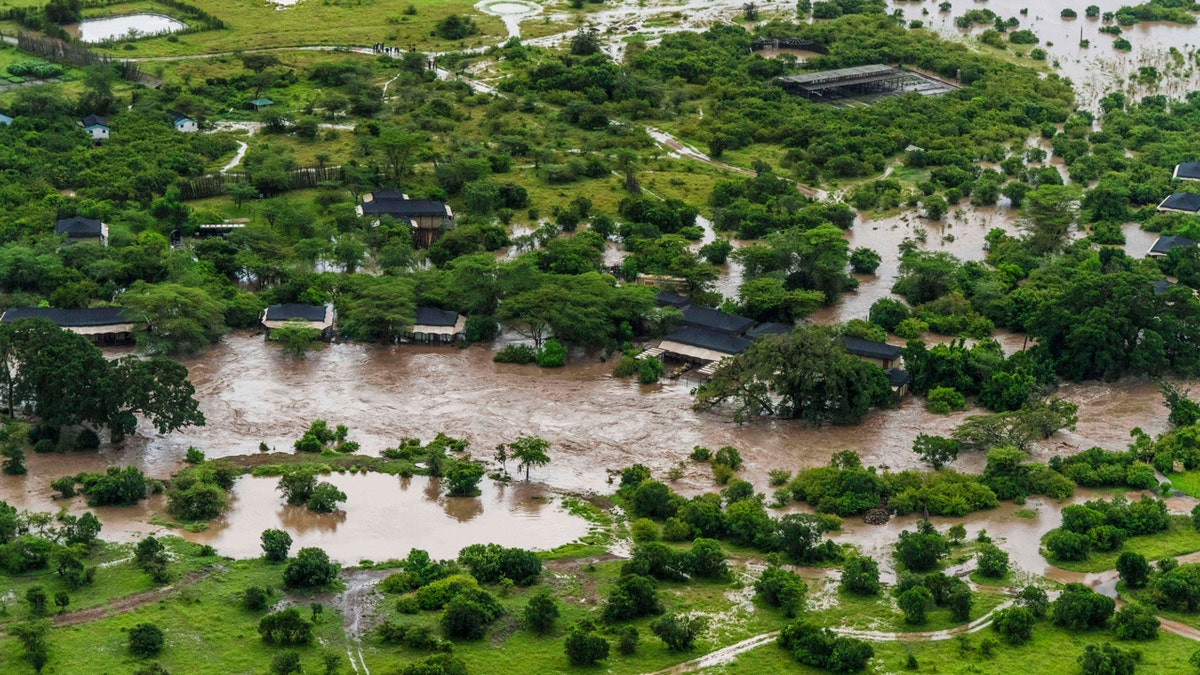Fox News Flash top headlines for May 1
Fox News Flash top headlines are here. Check out what's clicking on Foxnews.com.
Tourists were evacuated by air from Kenya's Maasai Mara national reserve Wednesday after more than a dozen hotels, lodges and camps were flooded as heavy rains battered the country.
Tourist accommodation facilities were submerged after a river within the Maasai Mara broke its banks early Wednesday. The reserve, in southwestern Kenya, is a popular tourist destination because it features the annual wildebeest migration from the Serengeti in Tanzania.
The Kenya Red Cross said it rescued more than 90 people. The Narok County government said it deployed two helicopters to carry out evacuations in the expansive conservation area.
45 DEAD AS FALLOUT FROM KENYA FLASH FLOODS CONTINUES
More than 170 people have died across Kenya since mid-March when the rainy season started, causing flooding, landslides and destroying infrastructure. The Metrology Department has warned that more rain is expected this week.

A lodge is seen in the flooded Maasai Mara National Reserve, that left dozens of tourists stranded in Narok County, Kenya, Wednesday, May 1, 2024. Kenya, along with other parts of East Africa, has been overwhelmed by flooding. (AP Photo/Bobby Neptune)
On Wednesday, three major roads in the capital, Nairobi were temporarily closed due to flooding. The Kenya Red Cross rescued 11 people from a residential area — Kitengela — in the outskirts of Nairobi after their homes flooded overnight.
On Monday, a river broke through a clogged tunnel in Mai Mahiu area in western Kenya, sweeping houses away and damaging roads. The incident left 48 people dead and more than 80 others missing.
Search and rescue operations across the Mai Mahiu area are ongoing. President William Ruto on Tuesday ordered the military to join in the search.
Locals say rescue efforts have been slow due to lack of equipment to dig through the debris.
CLICK HERE TO GET THE FOX NEWS APP
The government has urged people living in flood-prone areas to evacuate or be moved forcefully as water level in two major hydroelectric dams rise to a "historic high".

